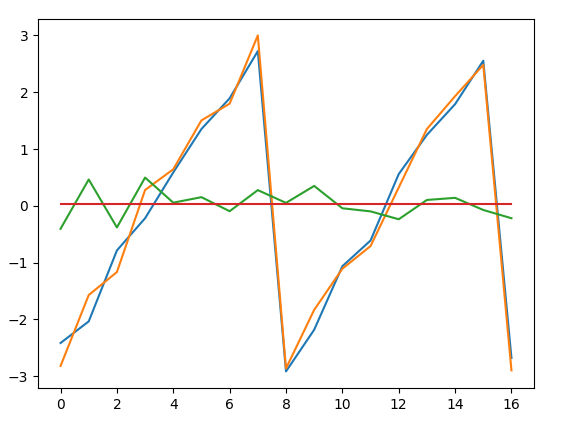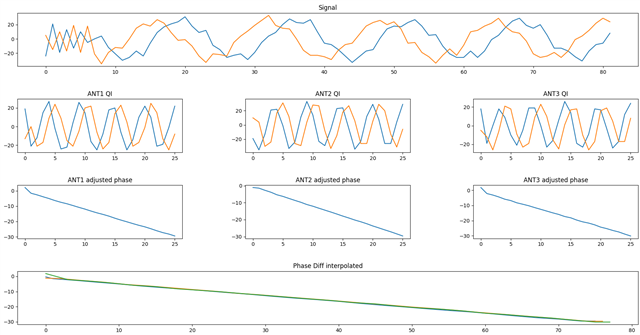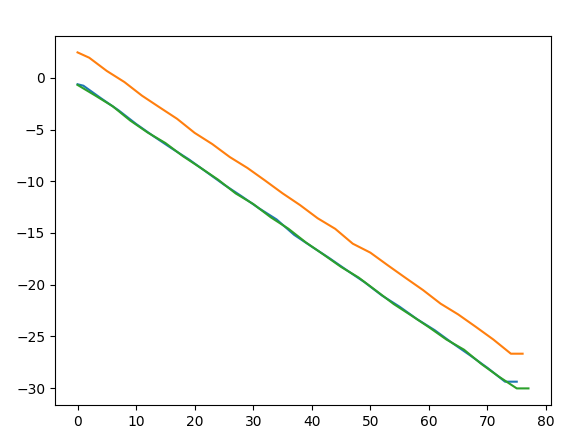Hello, i have several questions regarding bluetooth direction finding.
My ultimate goal is to have a Real Time Location System with 6 locators (AoA) and 30 trackers.
For now, i want to:
- be able to calculate an angle of arrival using nordic's example code
- be able to receive CTE signals from 2 trackers on the same locator
- implement a CTE beacon on my company's products whose firmware is based on nRF5 sdk v17
My questions are the following:
1 - What is the difference between Central/Peripheral and Locator/Beacon example codes ? Which would be the best for my use case?
2 - What is the link between the antennas and the Q/I samples? How does antenna switching work?
static void cte_recv_cb(struct bt_le_per_adv_sync *sync, struct bt_df_per_adv_sync_iq_samples_report const *report)
{
char le_addr[BT_ADDR_LE_STR_LEN];
struct bt_le_per_adv_sync_info info;
bt_le_per_adv_sync_get_info(sync, &info);
bt_addr_le_to_str(&info.addr, le_addr, sizeof(le_addr));
char output[361];
int offset = 0;
for(int iter = 0; iter < report->sample_count; iter++)
offset += sprintf(output + offset,"%d;%d;", report->sample[iter].i, report->sample[iter].q);
sprintf(output + offset,"\n");
printk("%s;%s", le_addr, output);
}
I am able to display Q/I samples using the code above. However I cant make sense out of those values.
I went through the theory and I understand how AoA works and how to calculate the angle from Q/I values:
- arctan(Q/I) gives me the phase of the signal (φ) received for each antenna
- I then calculate the phase difference between 2 antennas Δφ
- I measure the distance between 2 antennas (on nordic's antenna matrix that would be d = 5 cm for adjacent antennas)
- the measured angle would be θ = arcsin(λ/2π x Δφ x 1/d)
But the result I get is random values roughly between -0.05 and 0.05.
I think my problem is antenna switching.
I am using the default pattern for nordic's antenna matrix:
(0x2, 0x0, 0x5, 0x6, 0x1, 0x4, 0xC, 0x9, 0xE, 0xD, 0x8, 0xA) => ANT11, ANT12, ANT1, ANT2, ANT10, ANT3, ANT9, ANT4, ANT8, ANT7, ANT6, ANT5
I have 45 values for 12 antennas so i assume that the first value is for ANT11, the second is for ANT12, ... and when i get to the thirteenth value, it loops back to ANT11.
This was my supposition and my measured angles seem off.
After digging a bit on this forum someone said that the code doesn't loop through all of the antennas, so im not sure.
3 - How can I receive CTE signals from multiple trackers on one locator?
(fyi i use nRF52833 DevKit and nrf example codes not zephyr's)
I ran the DF central code on a DevKit with a antenna matrix and i ran the DF peripheral code on two other DevKits.
Instead of getting CTE signals for both kits, it seems that the central would connect to only one of them and then only receive CTE signals from that same peripheral.
I thought that's how the example code was supposed to work so i tried running the 'connectionless' code (aka Locator/Beacon) but i get the same behaviour.
4 - Lastly I want to know if it is possible to implement a beacon in nRF5 sdk. And is it possible to do this while using the softdevice.
I want my products that already run on nRF5 sdk v17 (with softdevice) to be locatable.
I've seen a code posted on this forum by the support team that consists of ble_app_beacon example
where BLE_GAP_ADV_SET_DATA_SIZE_MAX is replaced by BLE_GAP_ADV_SET_DATA_SIZE_EXTENDED_MAX_SUPPORTED
and BLE_GAP_ADV_TYPE_NONCONNECTABLE_NONSCANNABLE_UNDIRECTED is replaced by BLE_GAP_ADV_TYPE_EXTENDED_NONCONNECTABLE_NONSCANNABLE_UNDIRECTED
but when i ran this code, i didnt receive Q/I values on my locator.
Thanks in advance






